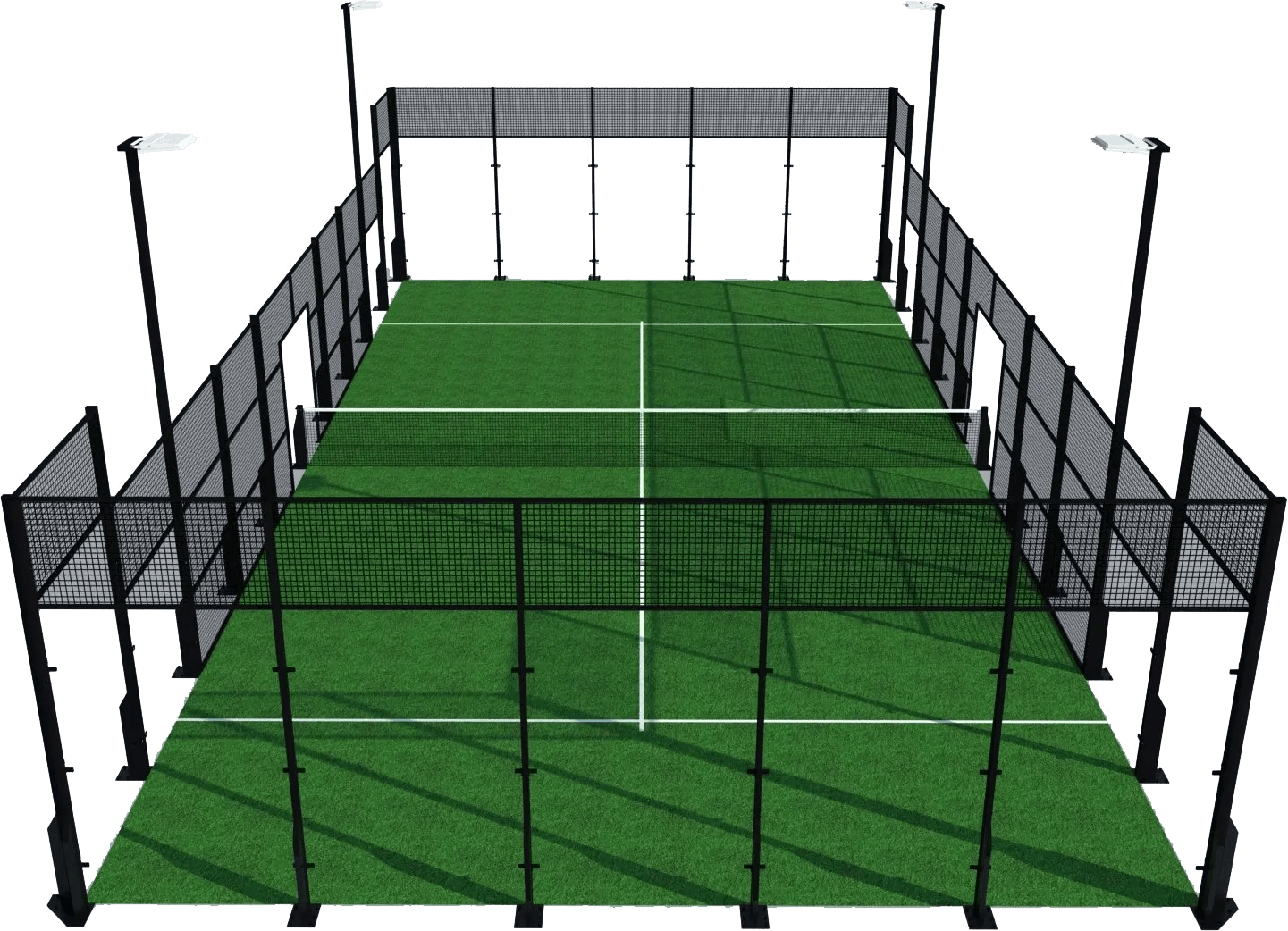Book An Intro
Whether you’ve had previous experience playing racket sports or not, Intro to Padel is our gateway to getting you started. This 1 hour coach-led session focuses on introducing you to the basics of the game, including court positioning and where to stand, how to hold the racket and your basic groundstrokes, volleys, overheads and serve, using the glass & cage (important to cover from the start) and the rules and how to score- you’ll be playing a match by the end of your session.
You don’t need others to play with, these sessions are for anyone who is new to the sport. We cater for all abilities; no experience is necessary and all equipment is provided.
The Basics.
Padel is often referred to as a mix of tennis and squash. It is easy to learn which makes it enjoyable for beginners trying the sport for the first time. Played in doubles it also creates an important social element. Most points are won through tactics and clever play (not through power) which requires less intense physical effort, however, rallies last longer so you still get a good cardio workout. Above all else padel is good exercise and great fun!
In The Beginning.
Padel was born in Acapulco in 1969 when Mexican businessman Enrique Corcuera created a home-built court on a plot of land on his farm. Enrique wanted to prevent the ball from escaping on to his neighbour’s land, so he built walls and a fence around the court. He played with wooden paddles and called the game Paddle Corcuera.
In 1974 Spanish entrepreneur Alfonso de Hohenlohe visited his friend Enrique and was so taken with what he had seen that he brought the game back to Spain, creating the countries first two courts at the Marbella Club; the rest, as they say, is history.
The Court.
A padel court is one third of the size of a tennis court; 20m x 10m. The back walls are made of glass (3m high) with a 4m return on each side. The remainder of the court is enclosed with a 4m high metallic mesh.
As in tennis there is a net (88 – 92cm high) which divides the court in to two sides. Each side is split down the middle by a centre line which runs from the net to a line 3m from the back wall which marks the service area.
The playing surface is usually made from a synthetic turf which has an infill of sand making it more durable and allowing the player increased shot control and a greater range of movement. The turf will also slow the ball down after it bounces making it easier to hit.
Equipment.
The rackets used in padel are very different from tennis. Padel rackets (or padels) are made from composite materials with a perforated surface that is ergonomically designed to allow for airflow. The face measures c. 26cm x 29cm and the overall length is c. 45cm. Because the padel is shorter than a tennis racket, it is much easier to control.
Padel balls look, feel, and weigh the same as a tennis ball but they are in fact slightly smaller. Their main difference is the compression; 14psi for tennis and between 10-11psi for padel which means they are less bouncy. This also explains the size difference as the extra compression in a tennis ball stretches the felt to make it bigger.

